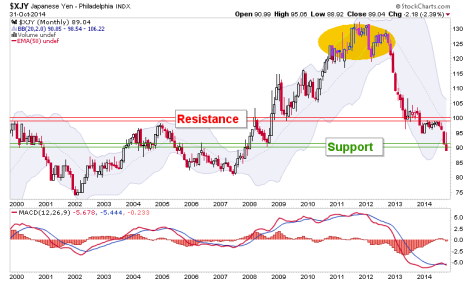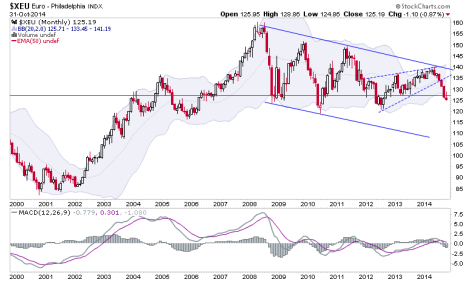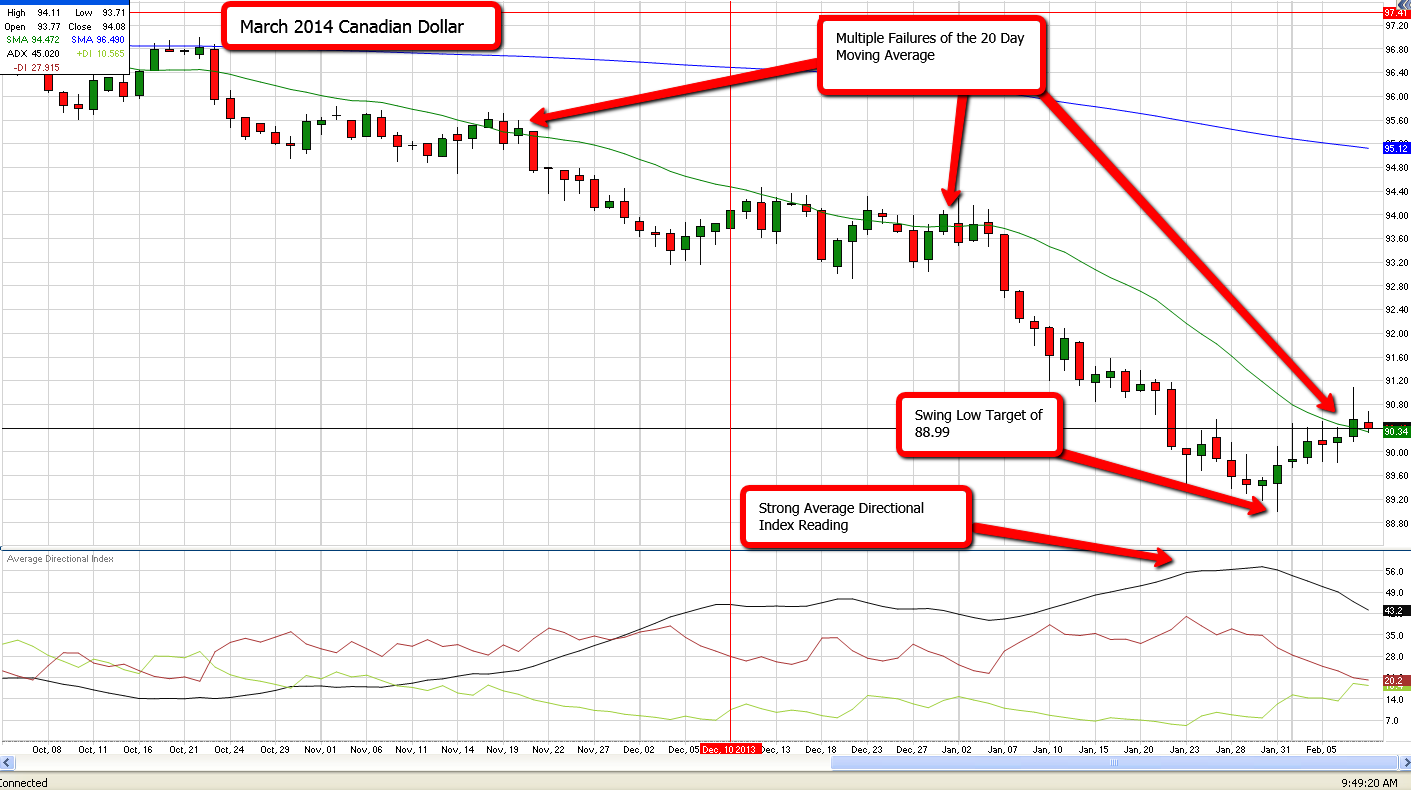As many countries there are that have their own currency, there are currency pairs to trade. This does not mean you should start off studying the movements of the Guatemalan Quetzal. New traders need to stick to those currencies whose indicators and movements have been well documented.
The three major currency pairs are the EUR/USD, GBP/USD and USD/JPY. If you didn’t already notice, the US dollar is listed in each one. That’s because this it the most traded currency in the market, and the one that has been studied at length.
There are three very good reasons why you should stick with these three currency pairs:
• All of them are well established currency pairs that are traded widely. This type of liquidity guarantees that you are going to profit from price changes.
• They all have the US dollar, which means that the most amount of activity will be during the New York trading hours. This adds to the liquidity as this is typically when the highest amount of Forex trading is taking place.
• Since they are so popular, a new trader is going to find a wealth of Forex trading systems online that can help them in trading these pairs successfully.
Which Ones Should You Avoid?
Any currency that is considered to be exotic or uncommon should be avoided by new traders. In some instances the financial state of the country is too unstable to be able to read the charts properly. For others, there just is not enough information available to you. A new trader needs to use as many resources as possible before placing a trade. Unless you have some first hand knowledge of Guatemala and its future financial state, you should stay far away from trading the uncommon currencies.
Focus your attention instead on the: Continue reading "Forex Currency Pairs: How to Choose the Right One Right From the Start"





